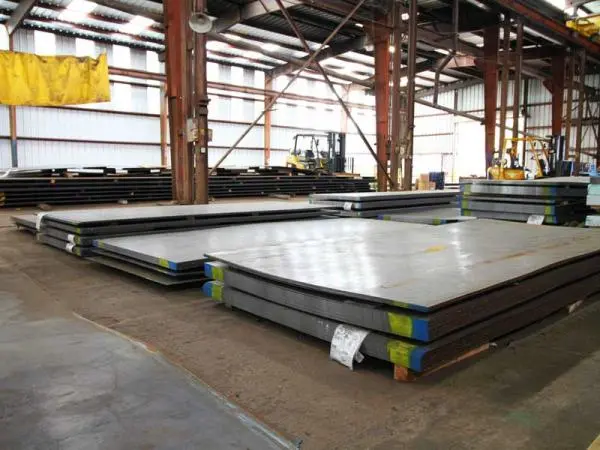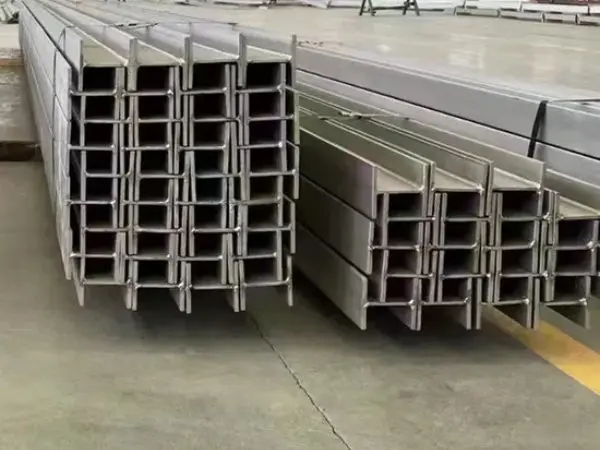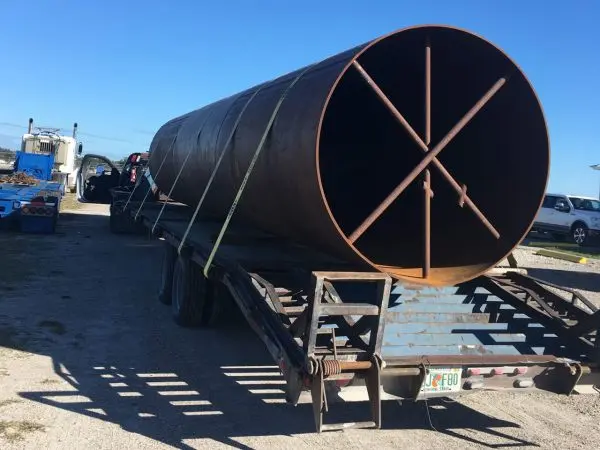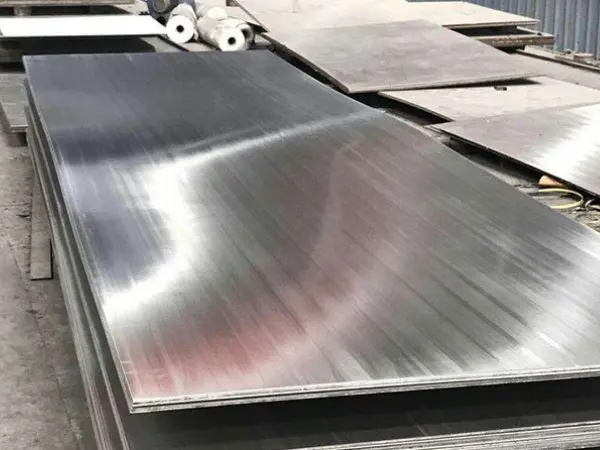- Phone0086 731 8564 8255
- E-mailsales@cscsteel-manufacturing.com
-

High-frequency welding (HFW) is a modern welding technique that utilizes the skin effect and proximity effect generated by high-frequency currents to join steel plates and other metal materials. The development and refinement of HFW technology have become a cornerstone in the manufacturing of ERW pipes. The quality of the HFW process has a direct impact on the overall strength, consistency, and production efficiency of welded pipe products.
Continental Steel Co., Ltd is professional ERW pipes manufacturer, for more details, please contact:sales@cscsteel-manufacturing.com
What Is High-Frequency Welding?
High-frequency welding relies on alternating current (AC) with a frequency much higher than standard power frequencies (50–60 Hz), typically ranging from 50 kHz to 400 kHz. When high-frequency current flows through a metal conductor, it gives rise to two key electromagnetic phenomena:
Skin Effect
Proximity Effect
These two effects are the foundation of high-frequency welding.
Understanding the Skin Effect
The skin effect refers to the tendency of high-frequency current to concentrate near the surface of a conductor rather than being evenly distributed throughout its cross-section. This means the current density is highest at the surface and decreases rapidly with depth—hence the name “skin” effect.
The penetration depth of the current is influenced by the material’s resistivity, magnetic permeability, and the frequency of the current:
Higher frequency → shallower penetration → stronger skin effect.
Higher permeability → stronger skin effect.
Higher temperature (as in steel) → lower magnetic permeability → weaker skin effect.
In simple terms, the higher the frequency, the more the current "hugs" the surface of the steel plate, heating it more efficiently for welding.
Understanding the Proximity Effect
The proximity effect occurs when high-frequency current flows in opposite directions through two nearby conductors—such as the edges of a forming steel tube. In this case, the current tends to concentrate at the inner edges closest to each other, rather than taking a shorter path around the outer sides.
This behavior is due to inductive reactance, which dominates in high-frequency environments. The proximity effect becomes more pronounced as:
The frequency increases.
The spacing between the conductors decreases.
By adding magnetic cores around the conductors, the current can be further focused, intensifying the heating effect at the joint edges.
How High-Frequency Welding Works
High-frequency welding leverages both the skin and proximity effects to precisely control the heating and melting of metal surfaces, allowing them to fuse under pressure. Here's a breakdown of the welding process:
1. Forming Stage
Steel strip is gradually shaped into a tubular form using a series of forming rollers. A narrow V-shaped opening is left between the edges, typically with an angle of 2° to 6°, to prepare for efficient heating.
2. Heating Stage
High-frequency current is introduced to the edges of the V-gap through contact electrodes or induction coils. The current flows along the surface and edges of the strip due to the skin and proximity effects, causing rapid, localized heating until the edges reach a plastic or molten state.
3. Welding (Extrusion) Stage
As the heated edges pass through pressure rollers, they are forced together. The molten metal fuses, and surface oxides or impurities are expelled from the joint, forming a clean, strong weld.
4. Cooling and Shaping Stage
After welding, the pipe is cooled—usually by water spray or air—to rapidly solidify the weld. The finished weld seam is dense and exhibits mechanical properties close to those of the parent material.
Summary
High-frequency welding is a highly efficient and precise process used in the production of ERW pipes. By exploiting the electromagnetic effects of high-frequency currents, it enables fast, clean, and strong welds without the need for filler material. Its widespread use in industries such as construction, oil and gas, and automotive reflects its critical role in modern metal fabrication.




